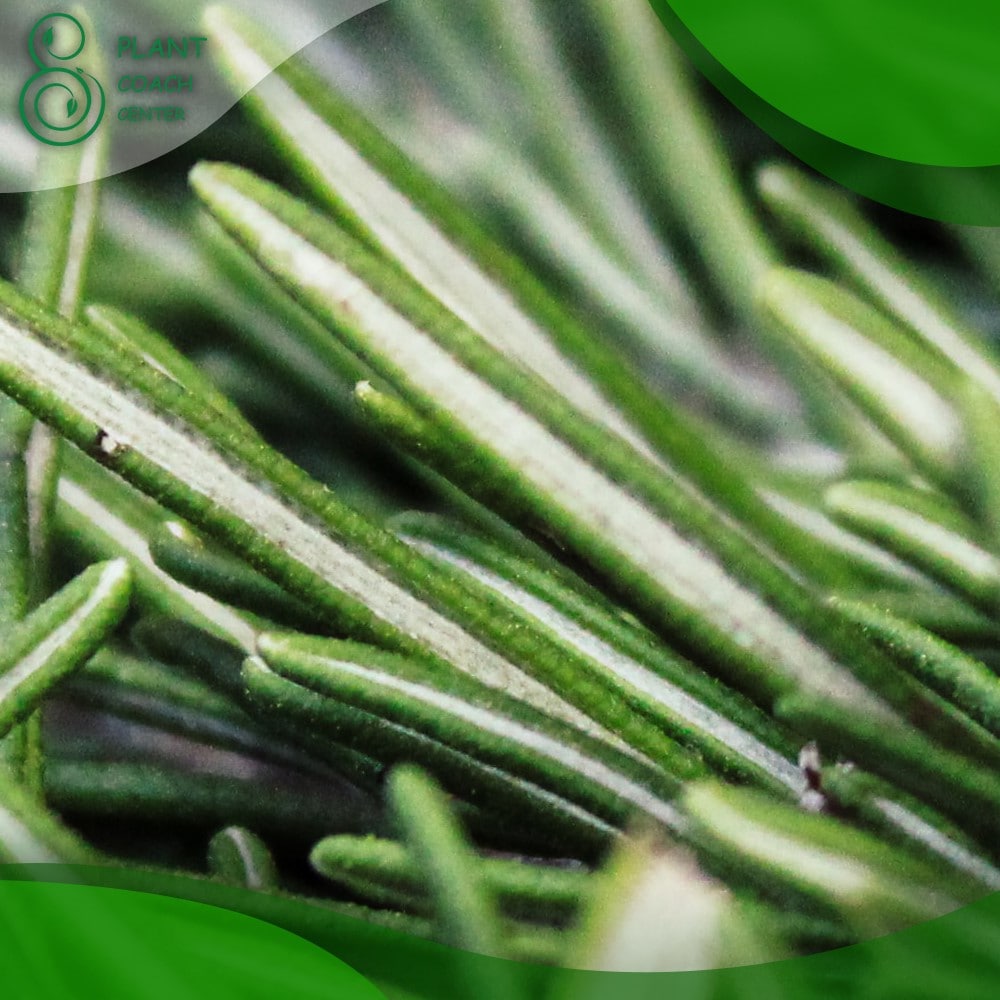When to Plant Rosemary Outside
Rosemary, with its aromatic foliage and culinary versatility, is a cherished herb among gardeners and cooks alike. Whether you’re a seasoned gardener or a beginner looking to delve into the world of herb cultivation, understanding the optimal timing for planting rosemary outdoors is crucial for its success.
In this comprehensive guide, we will explore the factors influencing planting times, the specific requirements of rosemary, and the techniques to maximize your chances of a flourishing harvest.
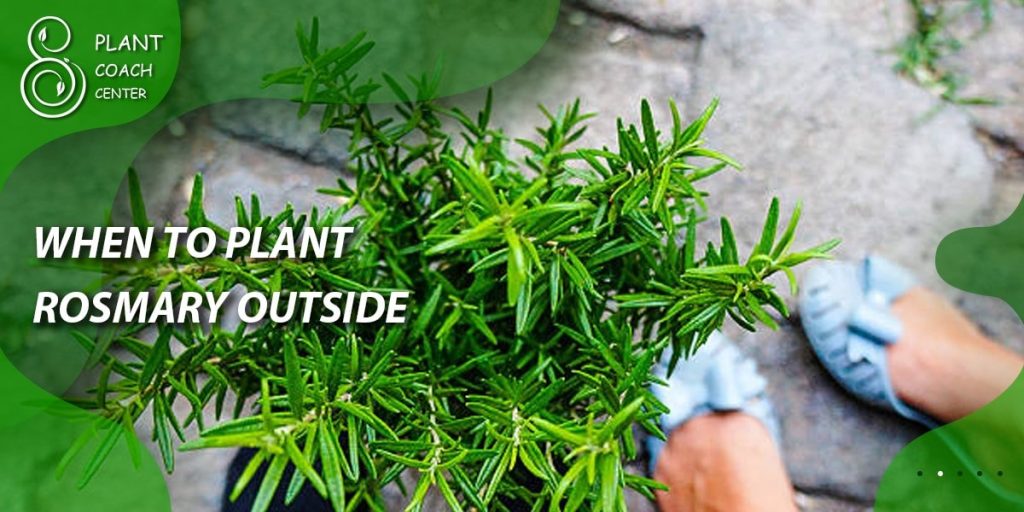
Understanding Rosemary: Plant Profile and Requirements
Before delving into the details of when to plant rosemary, it’s essential to familiarize ourselves with this remarkable herb’s characteristics and cultivation needs. Here’s a closer look at rosemary’s plant profile and requirements:
Rosemary Plant Characteristics
– Rosemary (Rosmarinus officinalis) is an evergreen perennial herb native to the Mediterranean region.
– It features needle-like leaves and small, delicate flowers that range from pale blue to lavender.
– Rosemary can grow up to 3 to 4 feet tall and develops woody stems over time, making it an excellent addition to herb gardens, borders, or containers.
Ideal Growing Conditions
Rosemary thrives under specific environmental conditions. To ensure healthy growth and abundant harvests, consider the following factors when selecting a planting location:
– Sunlight: Rosemary requires at least six to eight hours of direct sunlight each day. Choose a site that receives ample sunlight, preferably facing south or west.
– Temperature: Rosemary flourishes in areas with mild to warm climates. It prefers temperatures between 60°F (5°C) and 90°F (32°C) but can tolerate slight fluctuations.
– Soil: Well-draining soil with a pH range between 6.0 and 7.0 is ideal for rosemary. Sandy or loamy soil types are preferable to heavy clay soils, as they prevent waterlogging.
– Air Circulation: Good air circulation helps prevent diseases, so avoid planting rosemary in areas prone to excessive humidity or stagnant air.
Soil Requirements and Preparation
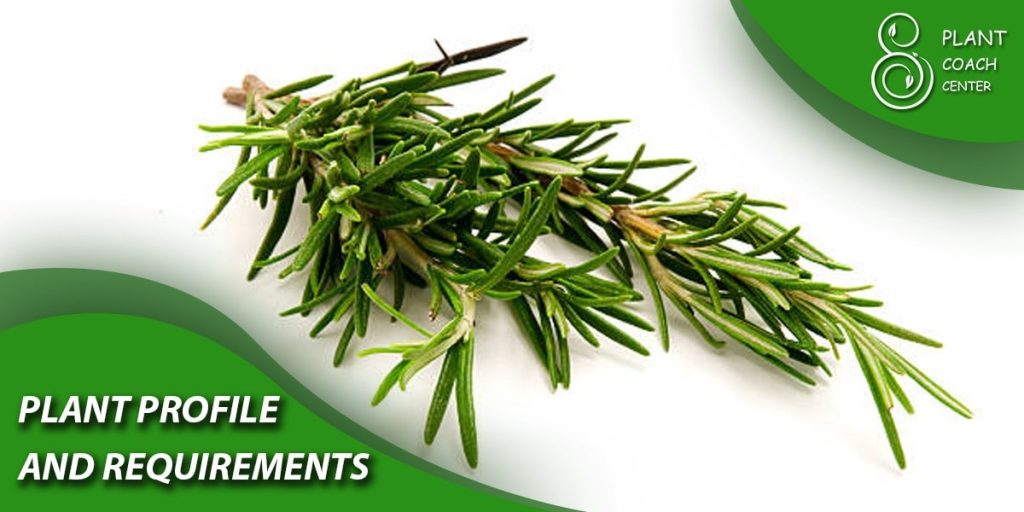
To ensure optimal growth and development, it’s crucial to provide rosemary with suitable soil conditions. Follow these steps to prepare the soil for planting:
. Soil Testing: Conduct a soil test to assess its nutrient content and pH level. This will help you determine if any amendments or adjustments are necessary.
. Improving Drainage: If your soil is heavy or poorly draining, consider amending it with organic matter like compost or well-rotted manure. This will improve soil structure and drainage.
. Adjusting pH: If your soil’s pH is outside the recommended range, you can modify it by adding organic matter or specific soil amendments. Aim for a pH of 6.0 to 7.0 for optimal rosemary growth.
. Removing Weeds and Debris: Clear the planting area of any weeds, rocks, or debris that may impede root development or compete for nutrients.
Remember, rosemary is an herb that thrives in the right conditions, so investing time and effort in soil preparation will set the stage for a successful planting season.
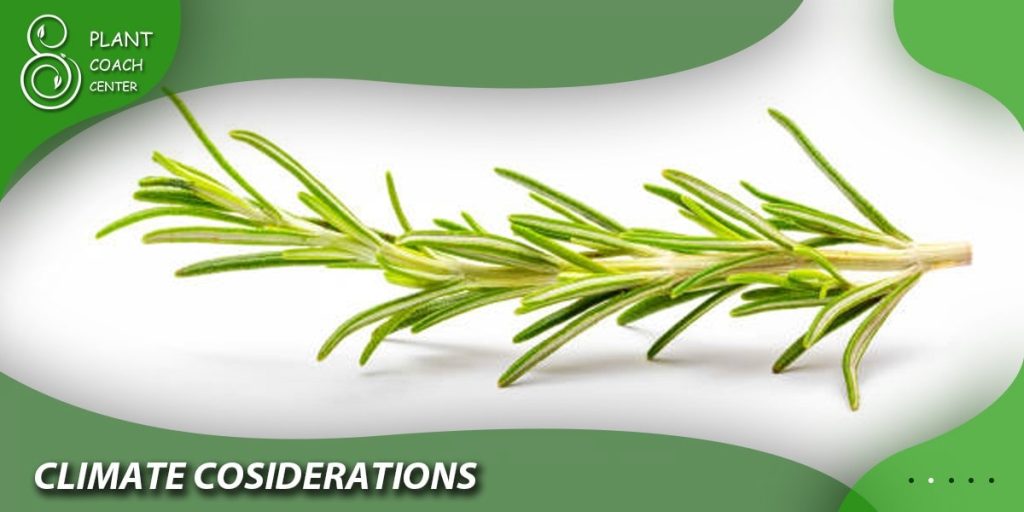
Climate Considerations: Determining Your Planting Zone
Understanding your local climate and determining the appropriate planting zone for rosemary is paramount to its successful establishment and growth. Consider the following factors when assessing your planting zone:
Exploring Rosemary’s Hardiness Zones
– Rosemary is typically hardy in USDA hardiness zones 7 to 0. However, specific cultivars may exhibit varying degrees of cold tolerance.
– Consult the USDA Plant Hardiness Zone map or your country’s equivalent to identify your region’s zone. This will help you gauge the suitability of rosemary for outdoor cultivation in your area.
Factors Affecting Successful Growth in Different Climates
– Frost Intensity: Rosemary is susceptible to frost damage. In regions with harsh winters, prolonged exposure to freezing temperatures can cause significant harm to the plant.
– Duration of Cold Periods: Extended periods of cold can be detrimental to rosemary’s growth. If your area experiences lengthy winters, consider protective measures like mulching or growing rosemary in containers that can be brought indoors during winter.
– Heat and Humidity: In hot and humid climates, rosemary may struggle with excess moisture and reduced air circulation, making it more susceptible to diseases like powdery mildew. Adequate ventilation and well-draining soil are essential to mitigate these challenges.
Adjusting Planting Strategies for Specific Zones
– Zone 7: In colder regions, consider planting rosemary as a perennial in protected microclimates or in containers that can be brought indoors during the winter months.
– Zone 8: Rosemary can typically be grown as a perennial in Zone 8, but it may benefit from winter protection during extreme cold snaps.
– Zones 9-0: These warmer zones offer favorable conditions for year-round rosemary cultivation. However, providing adequate shade and moisture during scorching summers is crucial to prevent stress.
Spring Planting: Optimizing Growth in Moderate Climates
Spring is an ideal time to plant rosemary in moderate climates. As temperatures begin to warm up and the risk of frost diminishes, follow these guidelines for successful spring planting:
. Determining Last Frost Dates: Research the average last frost dates in your region. Wait until after the last expected frost before planting rosemary outdoors.
. Preparing the Garden and Soil in Spring: Clear any weeds or debris from the planting area. Loosen the soil using a garden fork or tiller, incorporating organic matter like compost to improve soil structure and nutrient content.
. Transplanting Seedlings vs. Direct Sowing: You have the option to start rosemary from seeds indoors and transplant the seedlings or directly sow seeds outdoors. Transplanting seedlings allows for better control over growth, while direct sowing offers a more natural approach.
. Transplanting Seedlings: If starting indoors, sow rosemary seeds 8-0 weeks before the last frost date. Transplant seedlings once they have developed a sturdy root system and have at least two sets of true leaves.
. Direct Sowing: Sow rosemary seeds directly in well-prepared soil, keeping them adequately moist during germination. Thin seedlings to allow proper spacing.
By planting rosemary in the spring, you provide it with a long growing season to establish strong roots and achieve robust growth.
Spring Planting: Optimizing Growth in Moderate Climates
Summer Planting: Navigating the Challenges of Heat

While spring is the optimal time for rosemary planting, it’s possible to plant during summer in certain climates. However, it’s important to be mindful of the challenges posed by heat and adapt your planting strategies accordingly:
. Pros and Cons of Summer Planting: The advantages of summer planting include warmer soil temperatures, faster growth, and the ability to enjoy fresh rosemary sooner. However, the risk of heat stress and water requirements are important considerations.
. Managing Heat Stress and Water Requirements: Plant rosemary in a location with partial shade during the hottest part of the day to protect it from intense sunlight. Provide regular watering, ensuring the soil remains consistently moist but not overly saturated.
. Strategies for Successful Summer Planting: Use organic mulch around the base of the plant to conserve moisture, regulate soil temperature, and suppress weed growth. Monitor the plant closely for signs of stress and adjust watering as needed.
While summer planting requires extra care and attention, it can be a viable option if you missed the spring planting window or live in a climate where summers are mild.

Fall Planting: Taking Advantage of Cool Weather
Fall planting can be an excellent strategy for regions with mild winters. The cooler temperatures and increased rainfall during this season create favorable conditions for rosemary establishment. Consider the following guidelines for successful fall planting:
. Timing: Plan to plant rosemary in the early to mid-fall, allowing enough time for the roots to establish before winter arrives. Aim to complete planting at least six weeks before the first expected frost.
. Preparing the Soil: Prepare the planting area by removing weeds and loosening the soil. Incorporate organic matter to improve soil structure and fertility.
. Transplanting Seedlings: If starting from seedlings, transplant them into the prepared soil, ensuring they have enough space to grow. Water thoroughly after transplanting to settle the soil and provide hydration.
. Protective Measures: Apply a layer of organic mulch around the base of the plants to insulate the soil and help retain moisture. This will also offer some protection against frost during the winter months.
. Watering: While the cooler temperatures reduce the risk of evaporation, continue to water the newly planted rosemary regularly, ensuring the soil remains evenly moist.
Fall planting allows rosemary to establish a strong root system before winter and provides a head start for vigorous growth in the following spring.
Winter Planting: Indoor Cultivation and Container Gardening
In regions with harsh winters or limited outdoor space, winter planting of rosemary can be accomplished through indoor cultivation or container gardening:
. Indoor Cultivation: Rosemary can be grown indoors throughout the year, given the right conditions. Choose a sunny window or provide supplemental grow lights to ensure the plant receives at least six hours of direct sunlight each day. Monitor humidity levels and water the plant when the top inch of soil feels dry.
. Container Gardening: Growing rosemary in containers allows for flexibility and mobility. Select a container with good drainage and use a well-draining potting mix. Place the container in a sunny location and water when the soil feels dry. Containers can be moved indoors during extreme cold spells.
Winter planting of rosemary offers the opportunity to enjoy fresh herbs even during the colder months, provided that proper care and attention are given to indoor growing or container gardening.
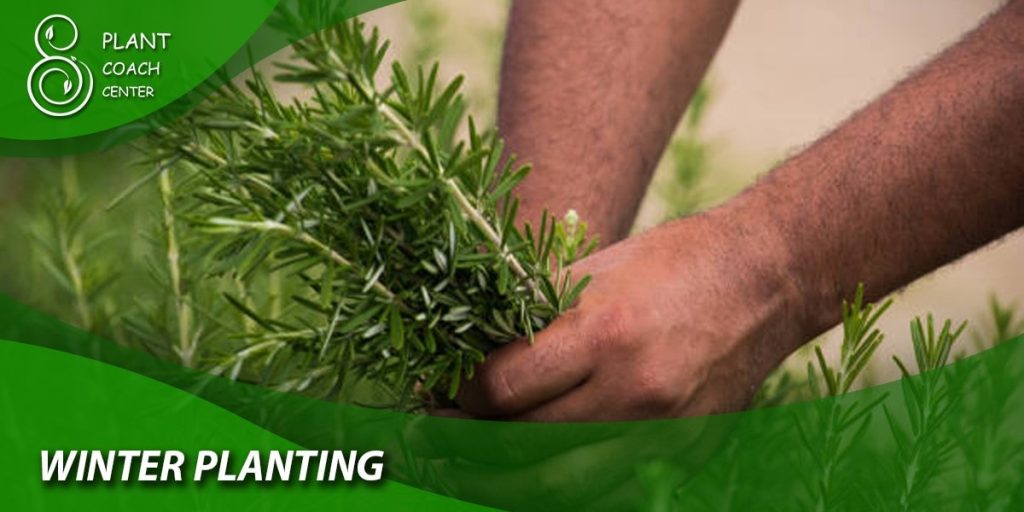
Conclusion
Knowing the optimal timing for planting rosemary outdoors is crucial for successful cultivation. By considering factors such as climate, soil preparation, and specific planting strategies for each season, you can maximize your chances of growing healthy and flavorful rosemary plants. Whether you choose to plant in spring, summer, fall, or even winter, providing the right growing conditions and attentive care will reward you with bountiful harvests and the joy of having this versatile herb at your fingertips.
Remember to visit Plant Coach Center (plantcoachcenter.com) for more valuable resources, tips, and guidance on plant care and cultivation.
Happy planting and may your rosemary garden thrive!


